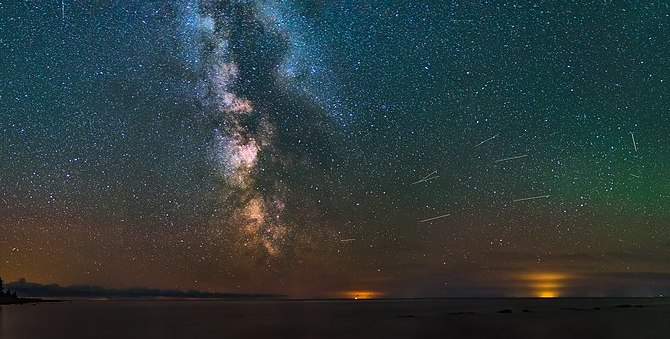Images from the Milky Way’s halo reveal objects nearly as old as the universe itself.
Others are reading now
Calculations by astronomers and physicists suggest that the universe formed around 13.8 billion years ago.
Since then, an unfathomable number of stars and planets have come into existence. In our galaxy alone, the Milky Way, it is estimated that there are between 100 and 400 billion stars, and possibly many more planets.
Now, a team of researchers from the Massachusetts Institute of Technology (MIT) believes they have found some of the oldest stars in the universe, right in our cosmic backyard.
Also read
Ancient Stars in the Milky Way
The researchers analyzed three very old stars that had been previously discovered.
Their findings have been published in the journal Monthly Notices.
According to their chemical composition analyses, these stars could be between 12 and 13 billion years old, making them nearly as old as the universe itself, reports Live Science.
These ancient stars are located in the halo of the Milky Way, a cloud of stars surrounding the galactic disk, according to a press release from the researchers. They also believe that there may be more stars of similar age in the area.
“They are part of our cosmic family tree. And we now have a new way to find them,” said MIT physicist Anna Frebel.
Opening New Doors
The research team studied data from the stars, which has allowed them to open a new door for studying more old stars.
The analyses showed that the stars had low amounts of strontium, barium, and iron compared to the Sun. This is noteworthy because low levels of these chemical elements were present when the universe was formed, including strontium and barium, the researchers noted in their press release.
The researchers also hypothesized how these stars ended up at the edge of our galaxy.
They may have come from smaller galaxies that the Milky Way absorbed. This theory is supported by the fact that the three stars orbit a black hole in a different direction than most other stars in the area.
This suggests that they were likely pulled into the Milky Way as the galaxy moved through the universe billions of years ago.


